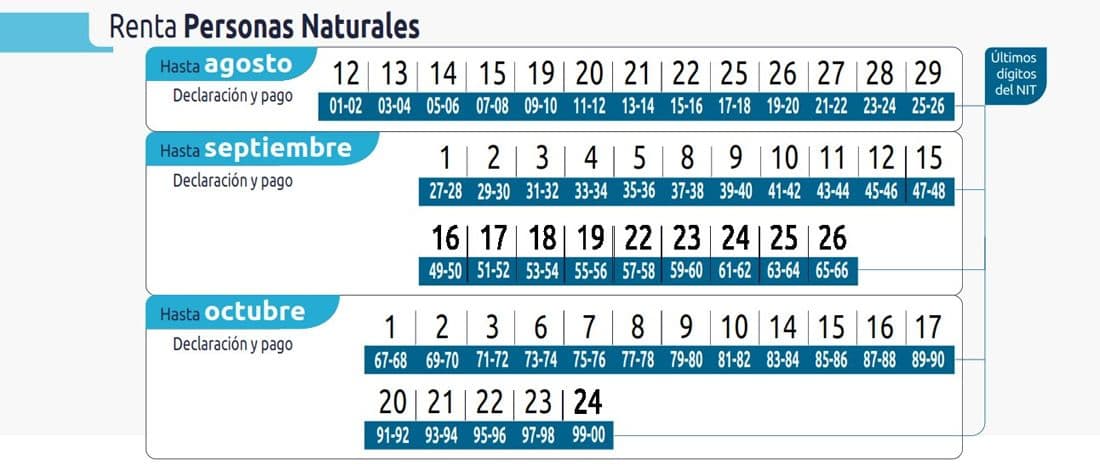Digital Sentinels on Chilean Roads: The Promise and Paradox of Ley CATI
Explore Chile's Ley CATI: a revolutionary digital system aiming to cut traffic deaths. Unpack its tech, privacy debates, and the future of road safety enforcement.

From Old Fotoradares to New Frontiers: Understanding CATI's Core Mission
Chile is on the cusp of a significant transformation in its approach to road safety with the imminent implementation of Ley CATI, the Automated Traffic Infraction Processing Center. This isn't just another traffic camera system; it represents a fundamental shift from the past. Unlike the old 'fotoradares' that often drew criticism for being revenue-driven traps, CATI is designed as a public service, laser-focused on one critical goal: drastically reducing fatalities from traffic accidents. This ambitious vision was highlighted by Transport and Telecommunications Minister and Las Condes Mayor during recent pilot presentations. They emphasized that CATI's true purpose is to instigate a profound change in driver behavior, fostering a greater sense of responsibility behind the wheel. The ongoing pilots, including one at the busy Apoquindo-El Bosque intersection in , have already revealed concerning statistics: an average of 630 vehicles daily exceeding the 50 km/h urban speed limit and 56 running red lights. These figures underscore the urgent need for a more robust and consistent enforcement mechanism. Chile is also drawing inspiration from successful international precedents in countries like , which saw a remarkable 51% reduction in traffic deaths within the first decade of implementing similar automated systems. This signals a new era where technology actively champions public safety over mere punitive measures.
The Algorithmic Eye: Deconstructing CATI's Technology and Capabilities
At its heart, Ley CATI is a sophisticated technological ecosystem, meticulously crafted to provide an 'algorithmic eye' on Chile's roads. This centralized system, overseen by the , integrates an array of advanced cameras, intelligent algorithms, and precise sensors. Together, these components work seamlessly to detect traffic infractions automatically and in real-time. Imagine a network of vigilant digital sentinels, capable of identifying speeding vehicles or those running red lights with unerring accuracy. Once an infraction is detected, the system doesn't just record it; it swiftly processes the data and transmits it to the relevant Local Police Courts. From there, the formal infraction notice is dispatched directly to the vehicle owner's address, as registered with the Civil Registry. Minister shared that the MTT's Fiscalization Division has been conducting extensive pilots since 2023, exploring various technologies to ensure the optimal setup for CATI. These trials, including those in , , and on , are crucial for informing the upcoming bidding processes for camera hardware and the core platform. The goal is clear: to deploy a system that is not only highly effective but also technologically robust and reliable, ensuring that every detected infraction is accurately documented and processed.
Beyond the Lens: Navigating Privacy Concerns and Public Trust
While Ley CATI promises enhanced road safety, the journey towards its full implementation is not without its complexities, particularly concerning privacy and public trust. The experience of other nations offers valuable lessons. In , for instance, thousands of 'fotomultas' (photo fines) were invalidated due to issues ranging from cameras operating without proper permits to difficulties in accurately identifying infringing vehicles. This led to a wave of public distrust and a deluge of appeals, undermining the very authority of the system. Similarly, and have grappled with questions surrounding the quality of evidence and the transparency of their automated enforcement processes. These international precedents highlight a critical challenge: for CATI to truly succeed, it must not only be technologically sound but also legally unimpeachable and publicly transparent. Chilean authorities are keenly aware of these pitfalls, which is precisely why the definitive launch of CATI has been deliberately paced. The ongoing rigorous testing and careful planning aim to preempt similar errors, ensuring that the system operates with the highest standards of accuracy, fairness, and accountability. Building and maintaining public confidence in the integrity of automated enforcement will be paramount to its long-term effectiveness and acceptance.
Paving the Digital Highway: The Road to Full Implementation and Cultural Shift
The final stages of Ley CATI's preparation are well underway, with the current technological tests slated to conclude by the end of August. This will pave the way for the critical bidding processes for the cameras and the central platform, moving Chile closer to full implementation. As Minister noted, the extensive pilots conducted since 2023 have been instrumental in identifying the most suitable technologies, ensuring that the future CATI system will be both effective and adaptable. But beyond the technical rollout, the true measure of CATI's success will lie in its ability to foster a fundamental cultural shift on Chilean roads. As Mayor articulated, the law's underlying purpose is to transform driver behavior, instilling a deeper sense of responsibility. This isn't merely about issuing fines; it's about changing habits and attitudes to prevent tragic outcomes. The ambitious goal is to replicate the success seen in countries like , where similar automated systems dramatically reduced traffic fatalities. Ley CATI represents a pivotal moment for Chile's road safety strategy, aiming to create a safer driving environment not just through enforcement, but by cultivating a collective commitment to responsible conduct, thereby saving countless lives and paving a more secure digital highway for everyone.
Related Articles

Brazil's Bold Bet: Reshaping Driver Licensing for Economic Revival and Safer Roads

Brazil's Bold Bet: Reshaping Driver Licensing for Economic Revival and Safer Roads

The Digital Fortress: Inside DIAN's Bold Tech Strategy for a Flawless Tax Season

The Digital Fortress: Inside DIAN's Bold Tech Strategy for a Flawless Tax Season

Piricsen's Echo: The Unseen Costs of a Rural Road Collision

Piricsen's Echo: The Unseen Costs of a Rural Road Collision

Argentina's Unpaved Promise: The High Stakes Driving La Rural's Critical Dialogue
